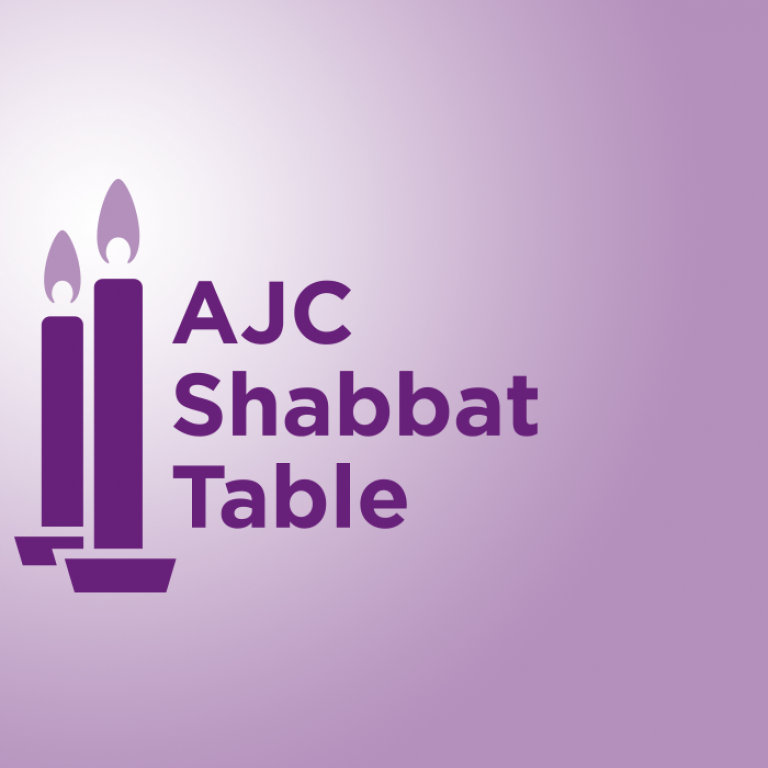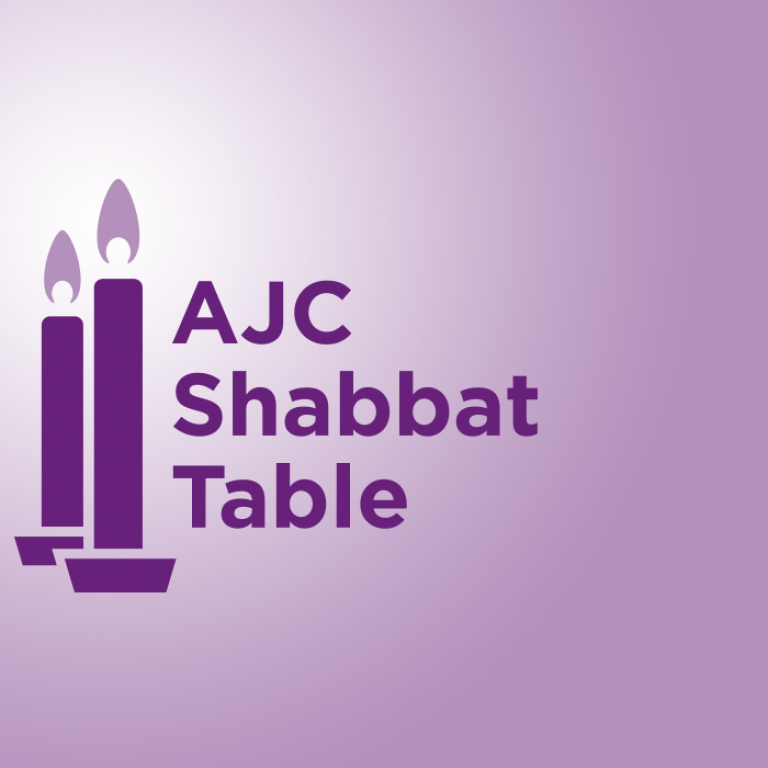February 5, 2021
This Shabbat: Parshat Yitro
Parshat Yitro is most famous for being the Torah portion with the Ten Commandments. But we should not forget about the rest of this fascinating Torah portion. Indeed, today I want to discuss something that has less to do with central religious tenets and more with, well, corporate structure.
As the Children of Israel camp in the desert, Moses is in high demand. He spends morning until night every day listening to Israelites' problems, disputes, and questions. He’s the only one in charge, and all issues get sent directly to him. Moses’ father-in-law, Yitro, who has come to visit from his home in Midian, sees what is going on and is immediately concerned. He says to Moses: “The thing that you do is not good. You will surely become worn out - you as well as the people that are with you - for this matter is too hard for you, you will not be able to do it alone.” Yitro understands that Moses is headed for burnout - and the Children of Israel will also not be able to stand a system like this for long. He suggests a new system: Moses should find God-fearing, upstanding men (yes, only men - it was a different time!) to help him. He should create a leadership structure with layers of such men who can listen to the problems of the people. Easy problems will be solved at the lowest level of the structure. Harder ones will be elevated to the next level, until only the most difficult issues reach Moses himself. This way, Yitro says, “you will be able to endure, and this entire people as well shall arrive at its destination in peace.”
There are many lessons to be learned from Yitro’s intervention. First, sometimes it takes an outsider to point out our dysfunctional patterns to us. Second, organizational structures might not be sexy, but good ones are central to the success of any venture. Third, and most importantly, a talented leader at the helm is not enough. No one can do it alone. It is only with communities of committed leaders all along the leadership structure that we can work successfully, hopefully reaching our destinations in peace.
This Week in Jewish History
February 11, 1986 - Anatoly Sharansky Arrives in Israel
I remember the day so vividly. I was in Israel for the second semester of my senior year of high school, and the whole country was abuzz. Anatoly Sharansky, the famous Soviet refusenik, was being freed and coming to Israel! There was such excitement in the air, such a sense of joy. The most famous refusenik in the world was finally free.
The story that led up to Sharansky’s triumphant escape from Soviet Russia is long and complicated. Anatoly Sharansky was born in the Soviet Union in 1948. After university, he became an English interpreter for Soviet scientist and dissident Andrei Sakharov. In 1973, at the age of 25, Sharansky applied for an exit visa so he could emigrate to Israel, but was refused on “security” grounds, a common tactic of the Soviet authorities. After his visa was denied, Sharansky became more and more involved in the Jewish refusenik community, becoming an activist and a symbol of the Soviet Jewry movement. The day after his marriage to the then-Natalia Stieglitz in 1974, Natalia emigrated to Israel in the hopes of being able to bring Anatoly over as well. Upon arriving in Israel, Natalia changed her name to the Hebrew name Avital. She worked tirelessly from the moment she arrived in Israel to obtain freedom for her husband. But that freedom would be long in coming. In 1977, Soviet authorities arrested Anatoly Sharansky. A year later, he was convicted of treason and espionage on behalf of the United States. During his time in various Soviet prisons, he was frequently placed in solitary confinement and subjected to various forms of torture. While in solitary confinement Sharansky famously played chess in his head in order to keep his mind active and to keep from losing his sanity. Finally, in 1986, after intense pressure from President Ronald Reagan, Sharansky became the first political prisoner ever released by Soviet leader Mikhail Gorbachev as part of an East-West prisoner exchange which took place in Berlin, where the Iron Curtain met the West. Just after being freed, he was met by the Israeli ambassador who presented him with the document for which he had yearned for over a decade: his new Israeli passport under his Hebrew name Natan Sharansky. When he arrived in Israel on February 11th, he was given a hero’s welcome. As the eyes of the rejoicing nation watched, he was greeted by Israeli Prime Minister Shimon Peres and other Israeli dignitaries.
After being freed, Sharansky took up the cause of Soviet Jewry once again. He worked tirelessly to obtain the freedom of the millions of Soviet Jews still in the USSR. Famously, he was one of the organizers of, and a featured speaker at the historic 1987 Soviet Jewry rally in Washington, D.C. Sharansky has held many important leadership roles in Israel including being a Member of Knesset, a Minister in the Israeli government, and the Chair of the Jewish Agency. He is the author of a number of books, including his famous memoir, Fear No Evil. The anniversary of Sharansky’s release from the Soviet Union is not only a day of celebration for the Sharansky family, but indeed for the whole Jewish people.
For Shabbat Table Discussion - The IHRA Definition of Antisemitism
This week, the American Jewish organizational world was in a bit of a tumult over a subject that we would not imagine would cause any controversy: the definition of antisemitism. For a number of years, the Jewish communal world has advocated for the adoption of the IHRA Working Definition of Antisemitism by governmental and educational bodies and entities. The IHRA Working Definition, which AJC strongly supports, briefly defines antisemitism and offers examples of antisemitic behavior and attitudes. In late January, the Conference of Presidents of Major Jewish Organizations, of which AJC is a member, announced that 51 out of its 53 members adopted the definition. One of the two organizations who did not join in the adoption, Americans for Peace Now, expressed concern that the definition might chill legitimate criticism of the State of Israel. For its part the Reform movement, while supporting the use of the definition, cautioned against adopting it into law out of a similar concern.
Questions for your Shabbat table:
- Why is it important to have a definition for antisemitism? Isn’t antisemitism obvious?
- How does the adoption of a clear definition of antisemitism help protect Jews?
- What does adoption of the IHRA definition actually mean in reality? Does it become law?
- When does criticism of the State of Israel cross the line into being antisemitic? Does the IHRA Working Definition help you figure that out? See also this famous articulation by Natan Sharansky. (And see his story above!).
- Do you think that the concerns of Americans for Peace Now and the Reform Movement are well-founded? Why or why not?
For more information and resources:
- Explore the extensive resources about the IHRA Working Definition on AJC’s website.
- Read AJC's statement praising the Biden Administration’s support for the IHRA Working Definition.
- See this IHRA Working Definition toolkit created by AJC for college students.
Shabbat shalom!
שבת שלום!






